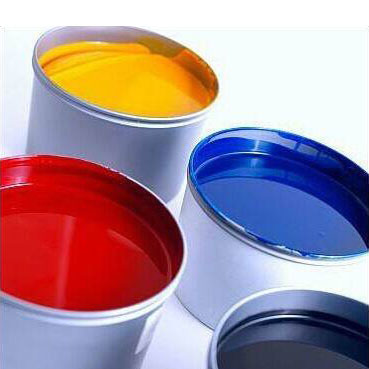The Vibrant World of PU Color: Elevating Style and Functionality
2024-10-08
Polyurethane (PU) materials have gained immense popularity in various industries due to their durability, flexibility, and versatility. One of the most exciting aspects of PU is the wide range of colors available, which not only enhances aesthetic appeal but also contributes to the functionality of products. In this blog, we’ll explore the significance of PU color, its applications, benefits, and tips for choosing the right color for your projects.
What is PU?
Polyurethane is a synthetic polymer that can be produced in various forms, including flexible foam, rigid foam, elastomers, and coatings. It is widely used in furniture, automotive, construction, footwear, and various consumer goods due to its excellent properties, such as abrasion resistance, chemical resistance, and insulation capabilities.
The Importance of Color in PU Products
1. Aesthetic Appeal: Color plays a crucial role in the overall aesthetics of a product. PU materials can be dyed or coated in virtually any color, allowing manufacturers and designers to create visually appealing products that stand out in the market. This is particularly important in industries such as fashion and interior design, where color trends significantly influence consumer preferences.
2. Brand Identity: For businesses, color is a vital aspect of brand identity. Choosing specific colors for PU products can help reinforce brand recognition and communicate the desired message to consumers. For example, vibrant and bold colors may convey energy and innovation, while softer hues may evoke feelings of calm and sophistication.
3. Functionality and Safety: In addition to aesthetics, color can also serve functional purposes. For instance, bright colors can enhance visibility and safety in products like safety gear, equipment, and vehicles. Moreover, certain colors can indicate specific features or uses, such as color-coded containers in industrial settings.
4. Psychological Impact: Colors can evoke emotions and influence behavior. Understanding color psychology can help businesses tailor their products to resonate with their target audience. For example, warm colors like red and orange can create a sense of excitement, while cool colors like blue and green can promote relaxation and tranquility.
Applications of PU Color
1. Fashion and Footwear: In the fashion industry, PU materials are often used for clothing, bags, and footwear. The ability to produce PU in various colors allows designers to experiment with styles and create seasonal collections that appeal to consumers.
2. Furniture and Interior Design: PU is commonly used in furniture upholstery and home decor items. Colorful PU materials can transform a space, adding vibrancy and personality to interiors. Designers can mix and match colors to create unique and inviting environments.
3. Automotive Industry: PU is utilized in various automotive components, including seats, dashboards, and interior trims. Manufacturers often use specific colors to enhance the visual appeal of vehicles and provide options for customization.
4. Sports and Recreation: In sports equipment, PU colors are crucial for branding and differentiation. From colorful skateboards to eye-catching protective gear, vibrant hues can attract consumers and enhance their overall experience.
5. Medical Applications: In medical devices and equipment, color coding can help with identification and usability. Bright colors can also make medical products more approachable, reducing anxiety for patients.
Tips for Choosing the Right PU Color
1. Understand Your Audience: Consider your target audience's preferences and the emotions you want to evoke through color. Research color trends in your industry to make informed decisions.
2. Think About Functionality: Determine if the color has any functional significance. For instance, if visibility is essential, opt for bright colors. If the product is meant for relaxation, consider softer hues.
3. Test Color Samples: Before committing to a color, test samples in your intended environment. Lighting conditions can significantly affect how a color appears, so it's essential to see how it looks in real-world settings.
4. Consider Long-Term Trends: While it's tempting to follow current trends, consider the longevity of your color choice. Opt for classic colors that can withstand changing tastes while also incorporating trendy accents.
5. Incorporate Brand Colors: If you're designing products for a brand, ensure that your color choices align with the brand's identity and values. Consistency in color can reinforce brand recognition.
Conclusion
The world of PU color is vibrant and diverse, offering endless possibilities for creativity and functionality across various industries. By understanding the significance of color in PU materials, businesses and designers can create products that not only appeal aesthetically but also serve practical purposes.
Whether you're in fashion, interior design, automotive, or any other field, leveraging the potential of PU color can elevate your products and enhance your brand’s identity. So, the next time you embark on a project involving PU materials, don’t underestimate the power of color—it's an essential ingredient for success!



